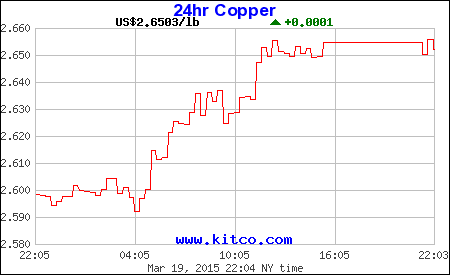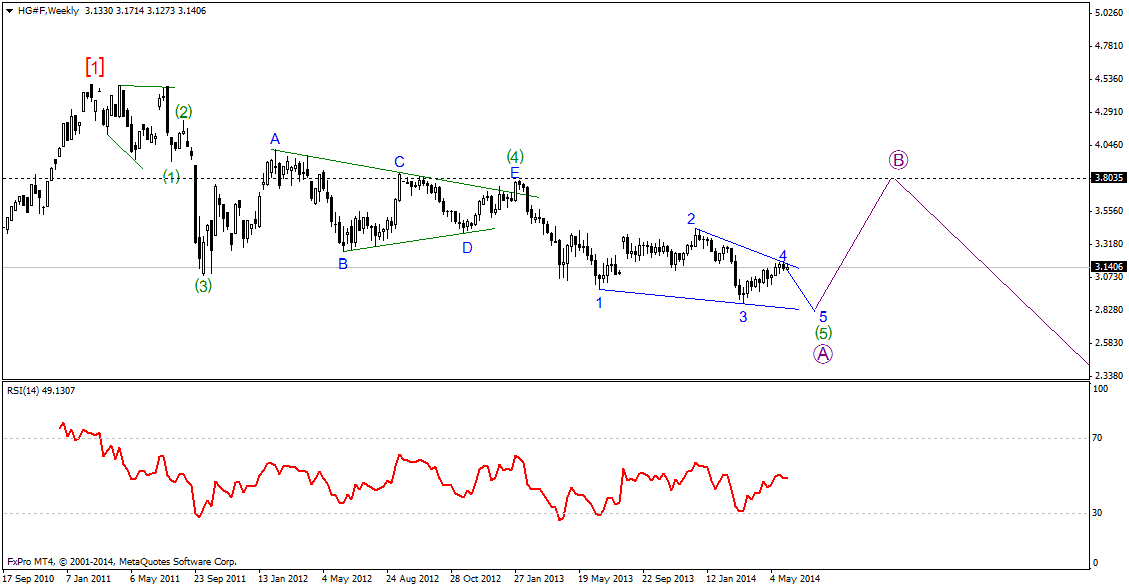Futures Online Trading Copper Trading
Post on: 11 Июнь, 2015 No Comment

Futures
In finance, a futures contract is a standardized contract between two parties to buy or sell a specified asset of standardized quantity and quality for a price agreed upon today with delivery and payment occurring at a specified future date, the delivery date. The contracts are negotiated at a futures exchange, which acts as an intermediary between the two parties. The party agreeing to buy the underlying asset in the future, the buyer of the contract, is said to be long, and the party agreeing to sell the asset in the future, the seller of the contract, is said to be short. The terminology reflects the expectations of the parties—the buyer hopes or expects that the asset price is going to increase, while the seller hopes or expects that it will decrease in near future.
In many cases, the underlying asset to a futures contract may not be traditional commodities at all – that is, for financial futures the underlying item can be any financial instrument (also including currency, bonds, and stocks); they can be also based on intangible assets or referenced items, such as stock indexes and interest rates.

While the futures contract specifies a trade taking place in the future, the purpose of the futures exchange institution is to act as intermediary and minimize the risk of default by either party. Thus the exchange requires both parties to put up an initial amount of cash, the margin. Additionally, since the futures price will generally change daily, the difference in the prior agreed-upon price and the daily futures price is settled daily also (variation margin). The exchange will draw money out of one partys margin account and put it into the others so that each party has the appropriate daily loss or profit. If the margin account goes below a certain value, then a margin call is made and the account owner must replenish the margin account. This process is known as marking to market. Thus on the delivery date, the amount exchanged is not the specified price on the contract but the spot value (since any gain or loss has already been previously settled by marking to market).
A closely related contract is a forward contract. A forward is like a future in that it specifies the exchange of goods for a specified price at a specified future date. However, a forward is not traded on an exchange and thus does not have the interim partial payments due to marking to market. Nor is the contract standardized, as on the exchange.
Unlike an option, both parties of a futures contract must fulfil the contract on the delivery date. The seller delivers the underlying asset to the buyer, or, if it is a cash-settled futures contract, then cash is transferred from the futures trader who sustained a loss to the one who made a profit. To exit the commitment prior to the settlement date, the holder of a futures position can close out its contract obligations by taking the opposite position on another futures contract on the same asset and settlement date. The difference in futures prices is then a profit or loss.














